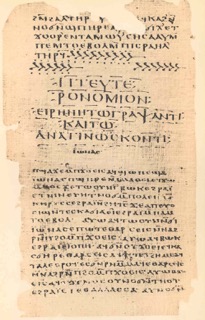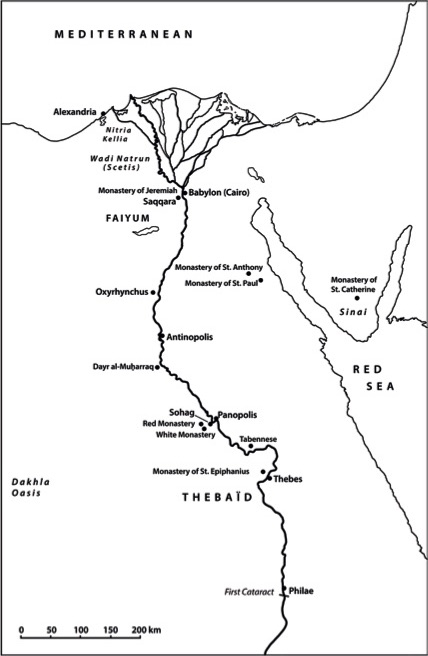The Coptic Old Testament

The Coptic Old Testament is one of the oldest and most extensively preserved translations of the Greek Septuagint (LXX). It is transmitted in different Coptic dialects and attested in very early witnesses and thus constitutes a unique source for research on the textual history of the Bible. Moreover, the Coptic Bible translation is the most monumental witness of the final language stage of the Egyptian language – Coptic – and provides linguistic research with the possibility of tracing the language with the longest written attestation in the world (~ 4,000 years!) to its final stage of development.
Following early translation attempts in the 3rd/4th century, from the middle of the 4th century, the entire Old Testament began to be systematically translated into the Sahidic dialect of Coptic. Through the Bible translation, Sahidic would become the standard literary form of Coptic and remain the language of the literature and liturgy of Egyptian Christians until the 12th century. With the continuous reduction of the numbers of Christians in Egypt, where in the 8th century Islam had become the dominant political force, the production of literary texts in Coptic subsequently came to be almost exclusively limited to the monasteries of the Wadi Natrun in the Western Nile delta. The Bohairic dialect used in these monasteries became the religious and liturgical language of the Coptic Orthodox church, while Coptic as a spoken language was to be completely supplanted by Arabic. However, not all books of the Old Testament were translated into the Bohairic dialect, but only those most important for liturgical purposes. As a consequence, since the Middle Ages, the Coptic church has no longer possessed a complete Old Testament according to the canon of the Septuagint.

Map of Egypt
The Sahidic manuscripts still in situ, for example in the monastery church of the monastery of Apa Shenoute west of Sohag (“White Monastery”), were forgotten or were left behind in abandoned monastic compounds. It is estimated that in the 9th-10th century the library of the monastery of Apa Shenoute owned around 1,000 codices, among which about 100 Biblical codices. Starting in the 18th century the manuscripts, which had been stored in a room next to the apse of the monastery church, were sold piecemeal to Western missionaries, and in the following to travelers and scholars. Only in 1883, scholars discovered the manuscript cache and attempted to secure the remains, but unfortunately, they did not immediately succeed. With the increasing interest in Egyptian antiquities in the late 19th and early 20th century, Coptic manuscripts, too, were sold in ever decreasing lots in order to maximize profits – it was not uncommon to cut up even individual pages. Due to this, the largest part of the surviving Sahidic manuscripts is no longer in Egypt, but has been dispersed among roughly 50 collections and museums in Europe and North America. All scholarly attempts of the past 100 years to virtually reunite, through publication, just the manuscripts from the monastery of Apa Shenoute alone have failed due to the size of the task.

